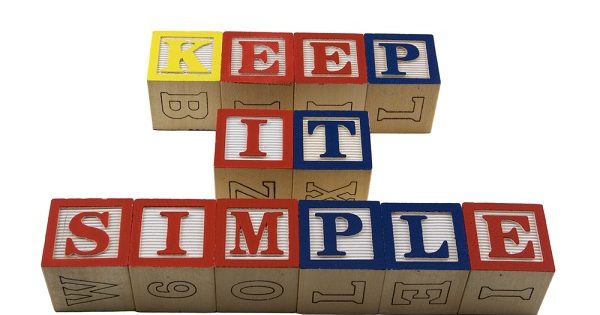In my last blog post we talked about how to come across as the expert you are by using sound bites, particularly when being interviewed in the media.
Remember, sound bites are a short cut to get to the point. They are your key messages said in a way that is memorable.
It’s no secret that we live in a really busy, noisy world and no one has the luxury to patiently listen while you try to figure out what it is you want to say. I mean, think about it. How long before you clicked away when a video seemed to be taking too long to load? We’ve all done it. So, you want to have your key messages and sound bites prepared before you ever go out to attract media attention.
So, here are some more tips on how to craft memorable sound bites.
1. As you think about your business, or book or product, if you had the opportunity to do a four-minute TV interview, what are the top three messages you would get across no matter what, and in what order? This forces you to prioritize what the most important points are about your message. Hint: This is not that easy to do. It’s often an evolving process so give yourself a little time. You’ll get it.
2. Sound bites or key messages can be delivered as stories, statistics, facts, vignettes, analogies, similes, metaphors, and acronyms. For television, B-roll can also be a part of your sound bites because it can tell part of the story. When being interviewed by a journalist, make sure you give them quotes and well-said tidbits that stand out. This is so they can use them in their story. If you don’t, you can end up having a nice long conversation and never get in the article.
3. Follow a simple structure—nouns and verbs in active voice without jargon. Get to the point with minimum words.
4. Rely on one of the most potent phrases in the English language, “For example…”
5. Three is a powerful number. Refer to three points, three big mistakes, three actions people can take.
6. Tell stories. A simple format is: Explain the situation. Describe the action you took. State the result. Close with an epiphany or key learning
7. Use metaphors or analogies. (A helpful resource book is I Never Metaphor I Didn’t Like.)
8. Be emotional to touch people and be memorable. Get people to laugh, cheer, be surprised, shake their head. Just don’t put them to sleep.
You’ll want to practices your stories and key messages and then weave them into the interview conversation. You don’t want to come across as a robot having memorized these messages. You want to know them so well, that you can share them very conversationally.
To your success!
Joanne

